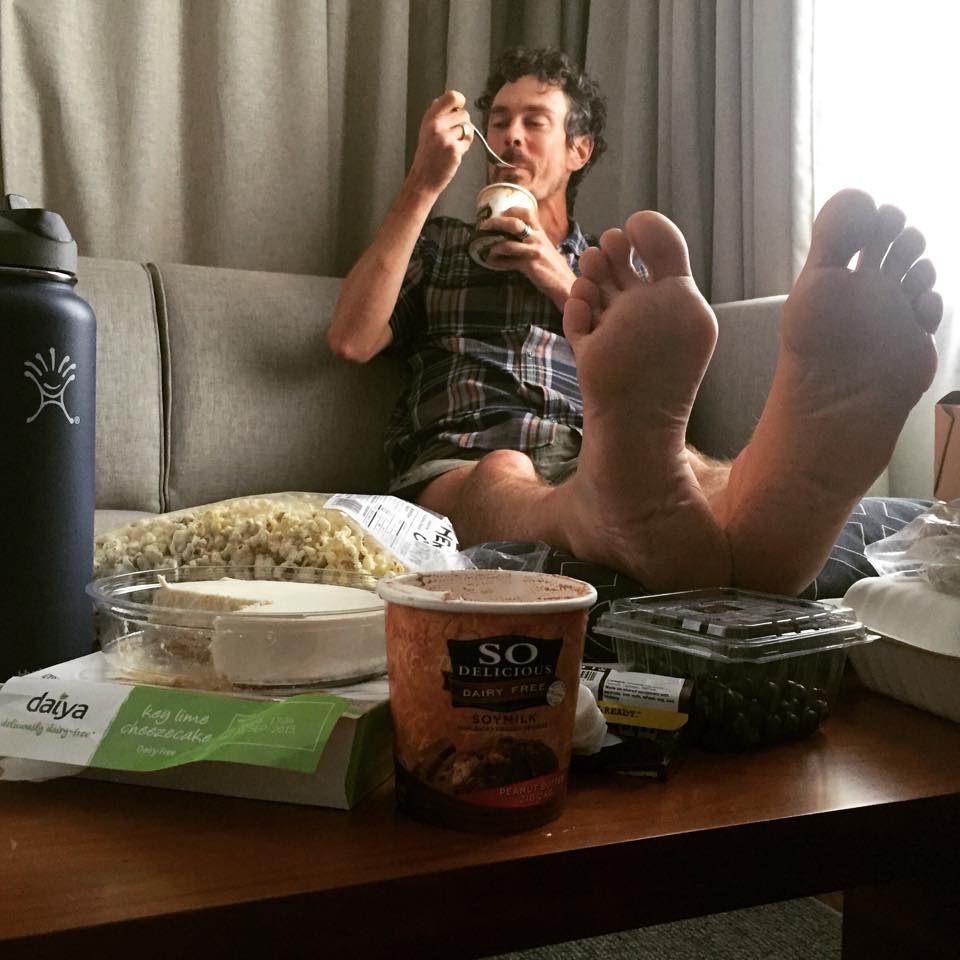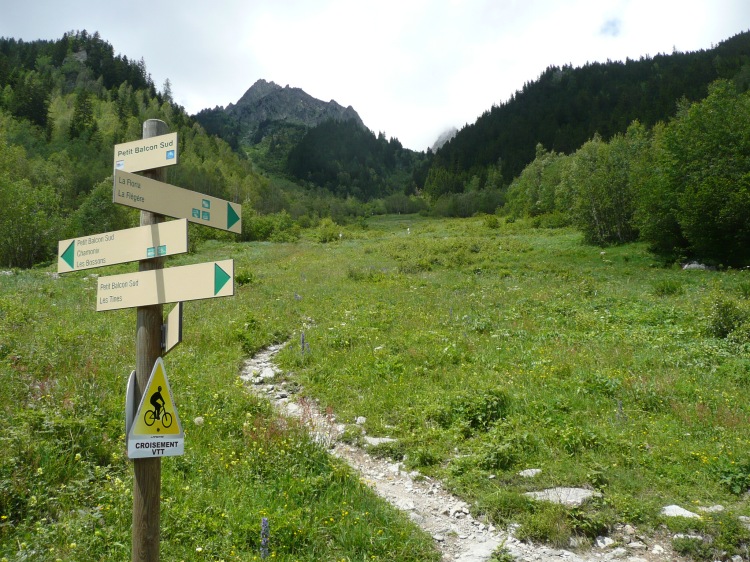A second attempt by ultra-marathon runner Scott Jurek to set a new speed record on the 2,190 mile Appalachian Trail in under 40 days, presents a good opportunity to talk about Karl Meltzer. Meltzer, a legendary ultra-marathon runner himself, was helping support his friend Scott Jurek in this latest attempt. The pace and terrain of this north to south attempt proved too much for Jurek who was forced to pull out after 7 days this August 2021 due to a muscle tear in his thigh. Jurek is well known for dominating the world of ultra-marathons through most the 2000s, and for his role in the book Born to Run and as the author of his own books, Eat & Run and North. The latter book is about his AT record set in 2015.
But to me the unsung hero here is Karl Meltzer. He agreed to support, or ‘crew’, for Jurek, an unglamorous but quite important job. Not only are the two men long standing friends, but Meltzer was selected no doubt for his knowledge of the AT, having set a southbound speed record himself in 2016, and because of his own ultra-marathon bona fides. Meltzer has been running trail races of 100 miles and WINNING, for over 23 straight years! Think about that: this man has been running 100 mile trail races on often technically difficult terrain competitively, and placing first, from his early 30s clear through into his 50s. It is an astounding testament to his running ability, competitiveness, drive and determination and all that in a sport which is a brutally demanding individual endeavor.
Karl Meltzer won his first ultra when he placed first in 1998 in the Wasatch 100. And while other ultra marathon runners compete for six or seven years in a row and than move on to coaching and writing books, Meltzer never stopped running and competing at the 100 mile distance. He has run ultra marathons every year for the past 23 years. In October 2020, Meltzer placed first in the No Business 100. And while he is no longer winning at the most competitive marquis races like the well known Western States, he is still out there on the starting line, competing and winning in a sport where the runner is on his or her own, running through the day and night on single track forest and mountain terrain.
I honestly do not remember how I first became aware of Karl Meltzer. To my knowledge he has not written a book about his running career. He is a sponsored athlete however and has a pair of shoes named for him, the Hoka One One Speedgoats, a plush trail running shoe. He is also sponsored by Red Bull and has a short documentary out about himself. But for whatever reason, his name is not as well know as other running legends, like Scott Jurek or Killian Jornet or in more recent times, like the marathon phenomenon Elihud Kipchoge. And I take nothing away from any of these outstanding athletes or anyone else at the top of their game. Kipchoge’s sub 2 hour marathon may remain an unbreakable unofficial record. But will Mr. Kipchoge still be running competitively when he is 50? Will Killian Jornet? Will Scott Jurek return to the ultra-marathon circuit?
We all like winners. We like to read about them, emulate them, wear the shoes they wear when they win their races and eat the foods they eat. But we also like youth and change and newness and therefore yesterday’s winners are rarely who we cheer for today. But some winners are so remarkably talented that their greatness must be acknowledged. I do not know what if any races Mr. Meltzer has planned for this year or beyond. But based simply on his over two decade history of consistent 100 mile ultra-marathon starts and wins I believe it is undeniable that Karl Meltzer ranks as one of the most accomplished athletes we have ever seen.
-30-
Howard E. Friedman
















